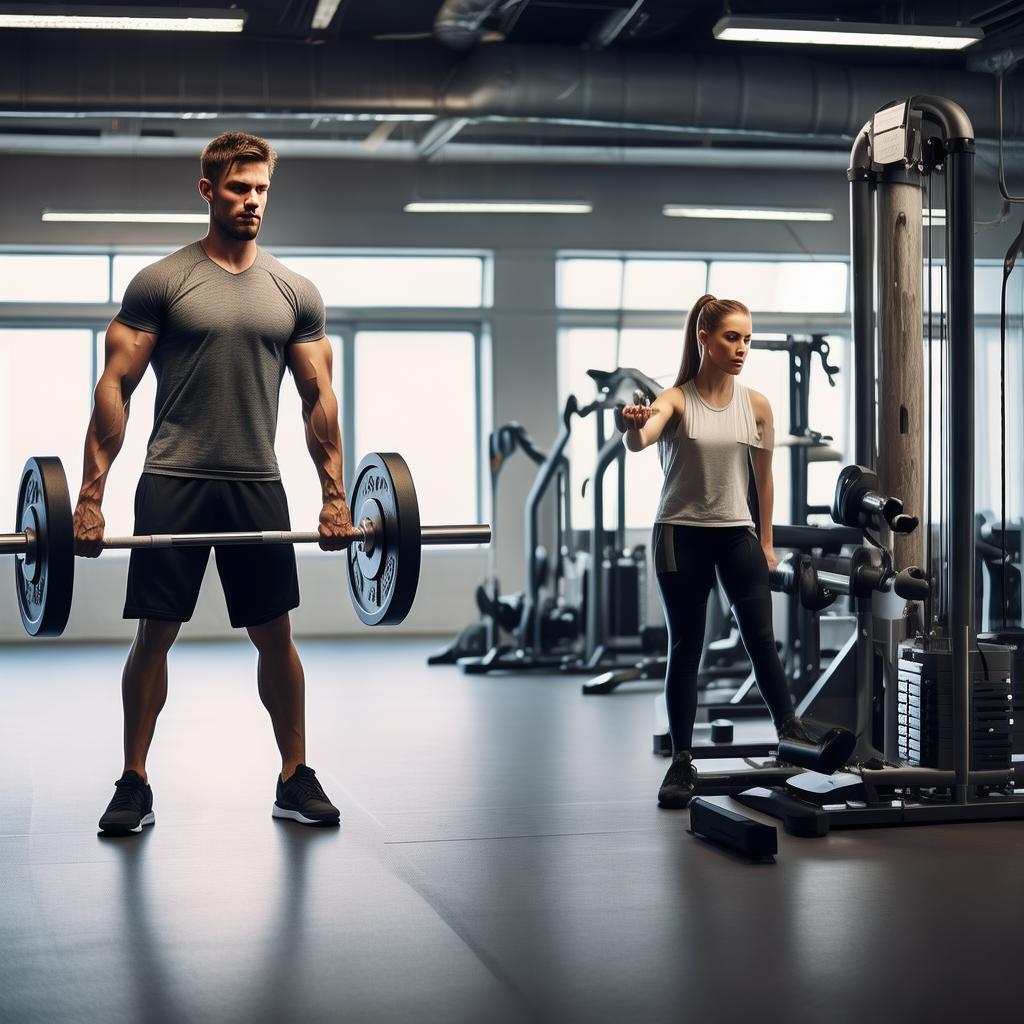Introduction to Dumbbells in Fitness
Dumbbells, renowned as a versatile training tool, are ubiquitous. They can be spotted in homes, offices, and even during travel breaks, making them a favorite among fitness – enthusiasts due to their portability. Regular dumbbell exercises offer numerous benefits such as muscle toning, endurance enhancement, and strength building, playing a crucial role in fitness training.
Types of Dumbbells
In the fitness realm, dumbbells are mainly categorized into two types: fixed – weight and adjustable – weight. Fixed dumbbells are extremely user – friendly. They can be used anytime and anywhere during workouts without the need to adjust weight plates or stoppers. There’s no need to constantly calculate weight increments in one’s head. Even if the wrong weight is initially chosen, it can be changed promptly. On the other hand, adjustable – weight dumbbells are a valuable asset for strength progression. Although they are a bit more cumbersome to use, they are a symbol of strength for gym – goers in strength training. By adding or removing counterweight pieces, gym – goers can precisely know the weight they are handling, which helps in grasping the amount of weight for muscle gain and has distinct advantages in muscle – building action training.
Choosing the Right Dumbbell Weight
The weight of the dumbbells is decisive in our training. How should we select the appropriate weight for ourselves? The weight we choose during a workout varies depending on our muscle – training goals, which are often influenced by the number of repetitions in a workout.
For instance, if some fitness enthusiasts aim to simply increase muscle strength and stamina, the number of training repetitions should be in the low range, typically 1 – 4 times to achieve the training effect. If the goal is to show off toned muscle mass to friends, the number of training repetitions should be in the range of 6 – 12 times. For those who want to shape their bodies, high – repetition training is required. This not only promotes muscle growth but also helps in better shaping muscle lines. Generally, 15 – 20 repetitions are chosen. To reach super – repetition training, more than 30 repetitions are needed.
Let’s take an example. If a gym – goer wants to better shape their muscles (15 – 20 repetitions), they should choose a weight that allows them to complete 15 – 20 repetitions of training intensity. For safety reasons, we often start with light weights. For example, if we choose a 5 – kg weight and can train more than 20 times, it’s clear that the weight is too light to have an effective workout. In the second movement workout, if we choose a 10 – kg weight and can train up to 15 times, 10 kg is a standard training weight but still light for the target muscles. In the third workout, if the fitness enthusiast chooses a 20 – kg weight and the body reaches exhaustion after 20 repetitions, 20 kg is the most effective weight for the target muscles to receive training stimulation.
Adapting to Changing Strength
As we continue with our training, our fitness results will become more evident, our muscle strength will increase, and we must adjust the weight of the dumbbells accordingly. Only in this way can we achieve the goal of training our target muscles effectively.





